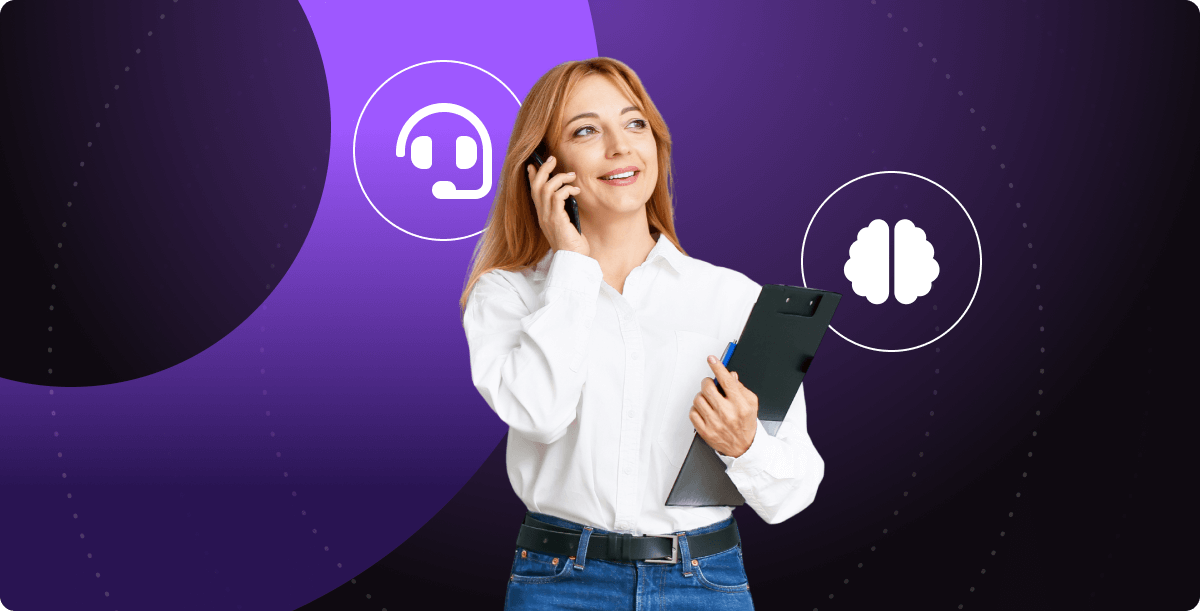Table of content
When measuring digitalization rates, banks have made significant progress in recent times.
From Home Banking - a story that has been going on for more than twenty years - to the development of their own mobile apps - to manage accounts, make queries and send money -, banks have always strived to improve the relationship with their customers, with technology as the main tool.
The banking industry has always been crossed by digitization. In the last five years, QR payment solutions, immediate peer-to-peer transfers and payment of services in a few taps have flourished in Latin America. All this, managed from mobile applications that also allow topping up prepaid cards, investing in financial instruments or even splitting the cost of a gift made by several people.
But during the last two years, customers began to demand even more innovations from banks, at a pace that sometimes the institutions could not (or did not know how to) keep up with.
While it seemed that everything had already been invented, there was still room for improvement, in a challenging area for the entire banking industry: customer service.
The chatbot and the dawn of banking on WhatsApp
When Ukrainian entrepreneur and programmer Jan Koum had the idea of creating a global, mobile messaging system, he surely did not imagine that years later, WhatsApp would surpass 2.4 billion users and become one of the leaders in worldwide communication.
Since it became part of Meta in 2014 - joining Facebook Messenger and IG Messenger - the platform has evolved significantly. This allowed it to give rise not only to new ways of communicating between people, but also granted brands the ability to reach out directly to customers, perhaps in a way that no other platform had ever done before.
These new flows of messages quickly required new hands - this time, virtual ones - to take care of customer service. Thus, chatbots soon appeared to deal with the most frequent user queries, in real-time, without queues or waiting.
This new technology was very well accepted by the general public. According to a study by HubSpot, 40% of users do not mind whether they receive help from a chatbot or a human being, as long as their question is answered.
Having solved that initial stage for the resolution of frequent queries, it was necessary to start thinking about what other functions that previously "lived" within native applications could be migrated to WhatsApp and the rest of the messaging systems.
The Era of Conversational Banking
Technologies evolve and transform the way people and businesses communicate as time goes by.
In recent years, Conversational Banking has developed and begun to expand. This new trend combines the most innovative AI and natural language processing (NLP) techniques to allow customers to interact with their bank through a highly sophisticated chatbot or virtual assistant.
The 2022 launch of Chat GPT-3 was a watershed in the history of the development and democratization of AI, regardless of how much or how little it meets the expectations of each user.
GPT-4 is expected to launch this year, and rumors indicate that it will significantly outperform its predecessor. This is because it is being trained with more data, which will enable it to provide more sophisticated, accurate and precise responses.
In addition, another argument that suggests that this will be an important year for the product is the recent agreement between OpenAI and Microsoft, which will disburse more than USD 10 billion for the development of the program.
The knowledge generated thanks to these conversational experiences, allows Conversational Banking to evolve at a faster pace, allowing banking customers to have a wider range of functions in their messaging applications.
Related Article: Strategic challenges going from homebanking to conversational banking
Benefits of Conversational Banking
Conversational Banking allows customers to engage with their bank through text- or voice-based platforms, such as messaging applications, virtual assistants and chatbots. Its main objective is to make financial and banking services more convenient, personalized, and accessible.
These new technologies bring benefits for both users and banks.
On the customers' side, it can make banking simpler, by allowing them to make frequent queries (such as easily checking account balances, taxes due, credit card statements); and operations that were previously performed on the App or the Web (such as sending and receiving money, paying for services and even topping up cards used for urban transportation, to name a few examples).
All this in a simple way, from anywhere and at any time, using the device or platform of their choice.
In addition, by allowing bank-customer interactions to be more natural and intuitive, it is more accessible to users who do not prefer traditional methods, or who are simply looking to resolve things more conveniently.
For banks, Conversational Banking can help improve customer engagement and loyalty by providing a more personalized experience, based on constant learning from interactions. This, in turn, allows banks to identify new revenue opportunities based on a better understanding of user behavior and preferences.
Within the organization, chatbots enable banks to reduce the costs of contact centers and physical branches. By freeing up agents to focus on more challenging and less time-consuming tasks. This increases employee productivity and quality of life, as frequent queries are answered in an automated way. Thus, they can focus on issues that require higher levels of challenge and complexity.
But as if that were not enough, there are also other benefits, such as: offering 24/7 customer support; unifying messages and brand identity; increasing customer loyalty; reducing contact center overload; expanding reach through integrated ecosystems.
In Ecuador, for example, one of the largest banks managed to handle 98% of all its queries solely through WhatsApp, which decreased call volumes received in its contact center by 46%. For 70% of this entity's customers, WhatsApp is their favorite digital channel.
Privacy and security
Cybersecurity is an essential part of Conversational Banking, as it seeks to protect large volumes of confidential information, both financial and personal, from theft and leaks.
To mitigate the risks caused by data loss and leaks, banks looking to add Conversational Banking to their strategy must rely on robust and certified systems.
Just as they already do with their other IT systems, banks should have plans in place to respond to security incidents that could occur in this channel.
Potential phishing attacks, data leaks, and information theft encourage organizations to hire suppliers whose security certifications and ability to respond to incidents ensure compliance with standards and safeguards.
Privacy and security awareness are critical in 2023, as cyber-attacks will continue to increase, and end users are - more often than not - the preferred targets of attackers.
The Conversational Bot is the new App
As we have seen, chatbots combine the latest technology to help banks improve the experience they offer to their customers, at lower costs and with a high degree of efficiency in task resolution.
They are also a flexible and scalable solution that is constantly evolving to meet the needs of users. And that's not all, as they can also provide organizations with valuable information on user behavior and preferences, which opens up the opportunity to generate new services, products, projects, and businesses.
The banking industry is heading into a new era that is as conversational as it is responsive. Bots are blurring the boundaries between marketing, sales and customer service to radically change the way people interact, buy, sell and make decisions.
In conclusion, we can say that conversational bots are "the new app" because of their convenience, cost-effectiveness, scalability and ability to manage large volumes of information simply and efficiently. And the best part of this is that we are certain that these technologies will continue to evolve to give rise to new and better user experiences.
If you want to learn more about how conversational AI chatbots can help you empower your business, we invite you to schedule a demo with our specialists. Is your bank ready to take the next step?


















